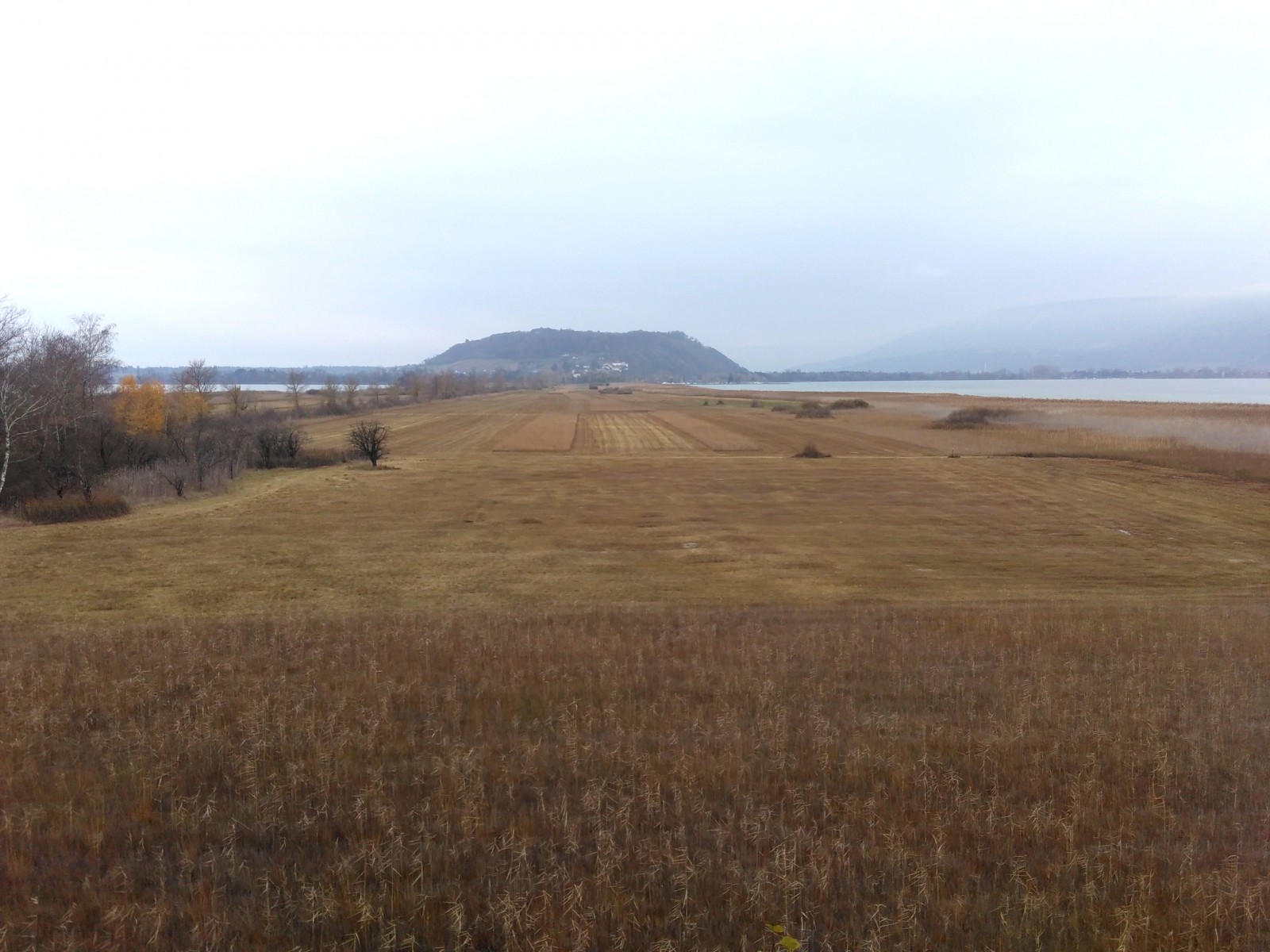Beschreibung
Until 19th century hydrological works of the Jura correction, Petersinsel (St Peter's Island) was an island. But the lowering of the water level in Lake Biel disclosed a shallow area that connected the island to the mainland at Erlach (Cernier). This 5 km long and narrow alley converted the island into a peninsula and is now a protected area, part of the Grosses Moos Important Bird Area (IBA). A track leads to the former island through reedbeds and meadows. Halfway there is an observation tower with views over tyhe reedbeds and the lake.
In winter, the area is good for Kornweihe , Raubwürger and Bekassine . In spring, many species typical of reedbeds can be seen or heard: Rohrschwirl , Feldschwirl , Drosselrohrsänger , Zwergdommel . Year round there are possibilities to see or hear Wasserralle and Bartmeise . The lake around the peninsula is frequented by ducks and grebes including: Gänsesäger , Haubentaucher and Moorente .
Details
Zugang
In Erlach / Cernier there are several parking places (paying in summer, free in winter). There is a bus service to Ins (postauto B 521 52139 ) with train connections to Neuchatel and Bern.
Terrain und Habitat
Feuchtgebiet , Schilfflächen , SeeBedingungen
FlachRundweg
JaIst ein Spektiv nützlich?
Möglicherweise hilfreichGute Beobachtungszeit
GanzjährigBeste Beobachtungszeit
Frühjahrszug , HerbstzugRoute
Normaler Weg , unbefestigte StraßeSchwierigkeitsgrad der Tour
EinfachErreichbarkeit
zu Fuß , Fahrrad , RollstuhlBeobachtungshütten oder -türme
JaZusätzliche Informationen
In summer there is a restaurant in the former clunisian monastry is open and provides a nice stop.
Links
- 'Grosses Moos' plain and Niederried reservoir
- SBB (Swiss Railways)
- Postbus (bus connections and timetables)



